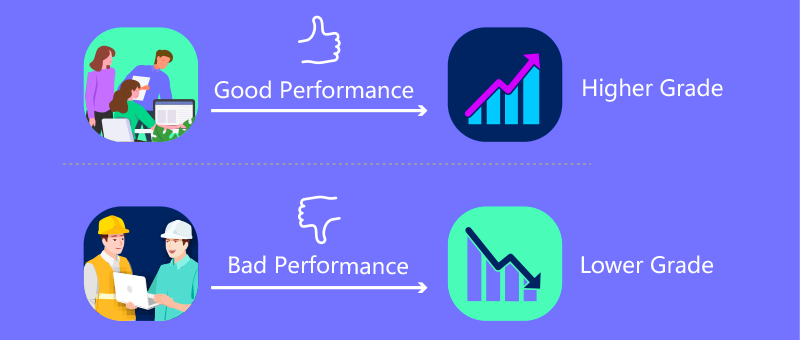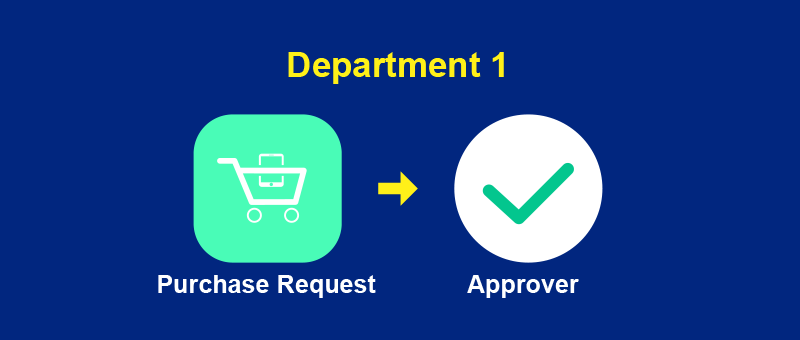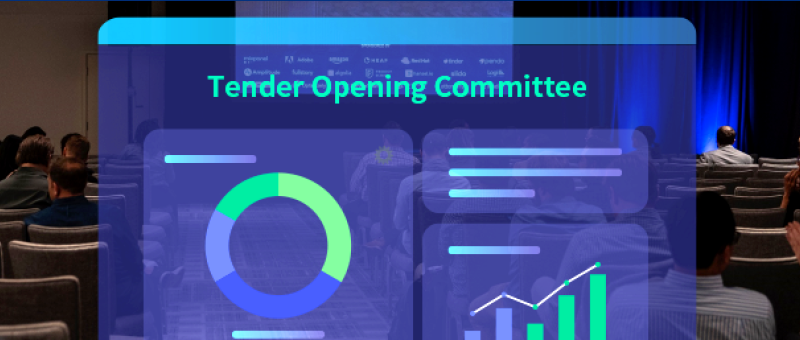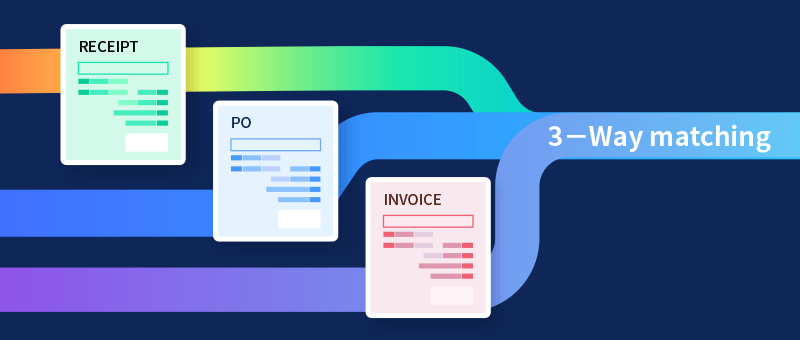Outsourcing Project Management

Outsourcing can increase efficiency and provide cost advantages; after outsourcing, companies can focus on core areas. Plus, it gives you access to skilled resources and so on.
Outsourcing project management has its own unique challenges. During its planning, companies must know how to select reliable partners and how to sign contracts so that the projects resources, progress and quality commitments are guaranteed by law. During its execution, the businesses must have an in-depth understanding of the progress and quality achieved, the amount of work and money consumed so far, dead ends, etc., and must resolve any potential issues quickly and efficiently.
1. Successfully contract outsourcing to reliable partners
Challenge:
The first and most important outsourcing challenge is how to successfully sign up with a reliable partner. To do this, you must efficiently accomplish these four things:
Effective supplier evaluation does not have to be difficult, but it is crucial to stay focused and avoid making typical mistakes that can erode benefits, the most common of which are:
- Look for an experienced and reputable supplier in the industry, do your due diligence and identify potential partners, but there must be backup options.
- Identify your own needs, deliverables or milestones, quality and service level agreements, and communicate these and requirements clearly to partners. After both parties reach a consensus, write the above content into the contract.
- Interview partners about the key resources the project plans to use, make sure those resources are appropriate, and make back-up arrangements for contingencies, all written into the contract.
- Ensure that the contracts payment terms are linked to deliverables (or milestones), and that bonuses and penalties are based on punctuality, quality and service levels.
Solution:
 PPM helps you with due diligence and requirements/quality/service level management. The system has powerful outsourcing contract management features that support contract payment terms that are directly linked to project deliverables or milestones, and contract rewards and punishments that are directly linked to quality and service level agreements.
PPM helps you with due diligence and requirements/quality/service level management. The system has powerful outsourcing contract management features that support contract payment terms that are directly linked to project deliverables or milestones, and contract rewards and punishments that are directly linked to quality and service level agreements.  PPM allows you to accurately and timely manage your outsourcing requirements, contracts and projects, and enables your partners to manage requirements and projects more efficiently. It is a real-time transaction-based system with the same data accuracy, integrity and timeliness as a bank teller machine. The information it provides assists you in communicating with your partners effectively and solving problems efficiently, avoiding misunderstandings and mutual accusations due to vague or untimely information.
PPM allows you to accurately and timely manage your outsourcing requirements, contracts and projects, and enables your partners to manage requirements and projects more efficiently. It is a real-time transaction-based system with the same data accuracy, integrity and timeliness as a bank teller machine. The information it provides assists you in communicating with your partners effectively and solving problems efficiently, avoiding misunderstandings and mutual accusations due to vague or untimely information.
Challenge:
To simplify the management process, you must allow outsourcing teams to access all project-related documents to enhance their work efficiency. You dont have to answer project-related questions, thus saving a lot of time. When outsourcing teams have access to all information and resources, it is easier for them to operate and complete tasks timely.
Solution:
You can use  PPM, whose built-in document library management subsystem can assign document access rights (including external users access rights) by role, and control the length of access to certain confidential documents. It can automatically record access traces of all document repositories. Everything can be traced and the audit trail cannot be deleted.
PPM, whose built-in document library management subsystem can assign document access rights (including external users access rights) by role, and control the length of access to certain confidential documents. It can automatically record access traces of all document repositories. Everything can be traced and the audit trail cannot be deleted.
3. Project planning and execution
Challenge:
Before you outsource a project, you need to plan it in detail. This is handled by a non-in-house or even remote team, and it is not possible to resolve issues on the go, such as internal projects affecting the schedule of outsourced projects.
You must break down the project into tasks and write a description for each task, explaining what resources and information each must use. If you outsource your project to an hourly team, you must negotiate with them how much time each project task will take.
Communication is an important aspect of the project management task. There are a lot of communication barriers internally, not to mention when working with remote talent and teams. This is why you must develop a communication strategy with the outsourcing team before the project begins. Before starting your outsourcing project, the questions you need to address are:
- Define communication channels if the project is stopped due to critical issues;
- Since there are different types of communication, decide which communication channel should be used for each communication type;
- Define the frequency of communication, i.e. when and how often they send you reports.
- During the course of the project, it is inevitable that some problems will arise. With a clear and effective communication strategy, you will reduce redundancies and increase the productivity of remote workers and teams.
During the execution of an outsourcing project, you must be able to gain a timely and in-depth understanding of the projects progress, quality, resources, costs, changes, risks, etc., as well as resolve any potential issues quickly and efficiently.
Solution:
You can use  PPM to create a reasonable project plan and effectively monitor the project to execute as planned:
PPM to create a reasonable project plan and effectively monitor the project to execute as planned:
Business case and stakeholder needs management
Before the project begins, you must align the projects goals and needs with the teams and organizations goals and needs. How important is this project to organizational goals? How does it tie into annual or quarterly goals? What do relevant stakeholders expect?
These are a few questions you can ask to outline the new project and align it with the needs of the organization and stakeholders.
List of requirements and project goals
Although a project plan is a set of living documents that are bound to change during the project, it is necessary to have a thoughtful process in place to achieve project goals.
As a project manager, you should analyze the needs of all parties involved in the project and determine the requirements for realizing those needs. What goals must the project achieve to be successful? What features and capabilities should deliverables have?
As the project progresses, you may need to correct some aspects of the project plan, and that is okay.
Project Scope Statement
The project scope statement is one of the most important elements of a project plan. It sets the stage for the rest of the project plan.
In the project scope statement, the project manager finalizes and documents all project details so that everyone is on the same page. This specification describes the project and its steps and requirements, and is usually a reference to obtain the consent and support of external stakeholders involved in the project.
List of deliverables and estimated due dates
Starting with the preparation of the project scope statement, you should have a clearer idea of the deliverables and outcomes that need to be delivered to complete the project. You should list when each team member is expected to complete tasks and deliverables.
A work breakdown structure is usually the best way to implement this step. You can use a simple list, flowchart, spreadsheet or Gantt chart to map all project work, assign them to team members, set deadlines and mark dependencies.
You also need to be mindful of which deliverables or tasks need to be approved by external stakeholders and ensure that there are no delays due to task dependencies or review and approval.
Detailed project schedule
A common misconception about project plans is that a project plan is the same as a project schedule. A project schedule is just one of many components of a project plan.
In the project plan, you estimate how long each task will take to complete, while leaving enough room for slack and dependencies. It is a clear calendar of all required tasks and schedules. It shows the duration of the project, who is doing what, and when each task started and ended.
Clear roles and responsibilities
Clarify the responsibilities of everyone on the project team, including external stakeholders. Various tasks may include specific stakeholder review and approval, although many key stakeholders of the project are often not involved in all aspects of the project.
Project sponsors fund the project; they may need to review and approve key aspects of the plan. Designated business experts define requirements for the project and deliverables; they may also be required to review and approve certain parts of the project. Project managers create, execute, and control project plans. The project team completes the task and builds the final product.
Other contributors to the project may include auditors, quality and risk analysts, procurement experts, etc. They may need to approve parts of the project plan related to their expertise, such as quality or procurement plans.
Risk assessment and management planning and execution
It is important to assess the risks involved in the project when creating the project plan. Is your organization stable at this time? What is your risk tolerance? What potential hazards and opportunities may arise from implementing this project, and what is your mitigation plan?
Potential incidents identified by your project risk plan may not occur, but if they do, they could significantly affect the outcome of the project. Risk management includes not only assessing the risks themselves, but also developing a risk management plan to communicate how the team should respond if these events occur.
Risk is inevitable, which is why the best project plans include a detailed risk management section. If you can identify risks early in a project, you can control them and increase your odds of success.
Resource allocation
When it comes to resource allocation for project planning, you can break down and allocate your teams time, materials, and budget. You should identify all available resources for each task, and estimate their cost and contribution.
Consider resource constraints, how much time each resource can realistically devote to the project, and determine the best combination or variation of available resources to achieve project goals in a timely manner and achieve the best results.
Quality Assurance (QA) planning and execution
In your quality assurance program, you want to implement processes to ensure that project requirements and deliverables meet quality expectations. Throughout project execution, project quality is assured so that the final deliverables meet client specifications and meet the requirements of the executive team, project sponsor and business experts.
The point here is to avoid mistakes, not to check the final deliverables at the end of the project. Creating a QA plan involves setting project standards, acceptance criteria, and metrics that will be used throughout the project. This becomes the basis for all quality reviews and inspections during project execution.
Communication planning and execution
A communication plan outlines how often you will update and talk with external stakeholders, project owners, and even your team members. It also details the types of updates they expect, which decisions require review and approval, and who is responsible for each action.
Your communications plan must answer: who receives reports and who prepares and delivers them. It can include formats for creating and sharing reports.
The communications plan also clearly states which issues should be escalated, where project information is stored, and who can access it. The plan documents all aspects of the project teams approach to communication throughout the project. This contains daily status updates, problem resolution, risk mitigation, etc.























































































